Sujata Rathi of FSG discusses how green SGBs face distinct barriers in access to finance and capacity building.
In this Member Spotlight, Parul Soni, Founder and Secretary General of ABWCI, shares how the organization champions women entrepreneurs through access to markets, finance, technology, and networks, fostering global collaborations for inclusive economic growth.
Drawing on insights from Villgro's SAAF Cities report and ANDE's Investment Guides, this analysis examines the financial barriers and opportunities shaping circularity's growth.
Three practitioners share honest lessons on how to set up practical workplace accommodations, how venue failures became learning opportunities, and why inclusive budgeting isn't just good ethics—it's smart business.
Drawing on insights from Villgro’s SAAF Cities report and ANDE’s Investment Guides, this blog unpacks the common challenges and opportunities that can shape a stronger, more inclusive pathway for circularity.
Our latest SGB Finance Series session explored how Impact-Linked Finance is rewarding enterprises for achieving measurable social outcomes. Check out the key lessons shaping the next wave of innovative finance.
Two innovative programs in India will pilot financing models to help green enterprises scale and attract critical investment.
Member Spotlight: From talent pipelines to climate-conscious leadership, Arthan is enabling the next generation of mission-driven organizations across the Global South.
Member Spotlight: India’s Centre for Cellular and Molecular Platforms is transforming scientific discoveries into high-impact solutions for health, sustainability, and beyond.
This blog captures key insights from the session, outlining existing barriers, opportunities for scale, and cross-cutting reflections from the ANDE IMT World Cafe session and the “Catalyzing Innovative Technologies in Waste & Circularity for Dignified Jobs” workshop, held in partnership with Villgro.
